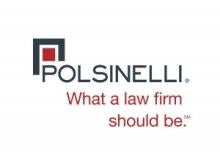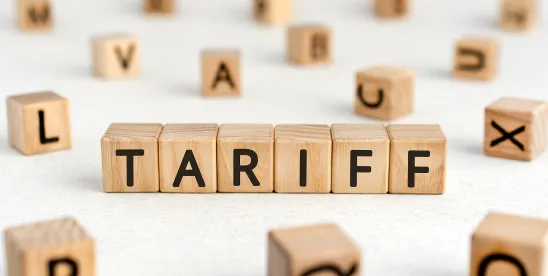Key Takeaways
- New reciprocal tariffs take effect August 7, excluding Canada, China and Mexico which are subject to separate measures.
- Most countries face updated duty rates, with EU imports seeing a 15 percent baseline tariff on most goods, but with some strategic products, such as civil aircraft, semiconductor equipment and certain agricultural products and natural resources receiving 0 percent tariff rates.
- Transshipment to evade tariffs triggers a 40 percent duty and penalties with no mitigation allowed.
On July 31, President Trump signed an Executive Order directing additional ad valorem duty rates to become effective as of 12:01 AM Eastern Time on August 7, not August 1. Some of the additional ad valorem duty rates have been modified based on recently negotiated trade deals and the Administration’s decisions addressing trade imbalances. However, the Executive Order does not affect Canada, China or Mexico. The Administration has taken separate actions for those three countries, which are discussed further below.
New Global Tariff Rates: Except for imports from Canada, China and Mexico, imports from foreign countries are subject to the reciprocal duty rates listed in Annex I to the Executive Order for specific countries or a 10 percent duty baseline rate for all other countries, effective as of August 7 (with a separate deadline for goods in transit). Notably, the additional ad valorem duty rate for the European Union will depend on Column 1 general duty with 15 percent as a minimum baseline: For products with a Column 1 general duty rate of less than 15 percent, the sum of the Column 1 duty and the additional ad valorem duty will be 15 percent; for products with a Column 1 general duty that is at least 15 percent, the additional ad valorem duty will not apply.
There are relatively few countries remaining at the baseline 10 percent rate, particularly after considering additional duties that have been imposed through separate measures — such as Brazil, which continues to be subject to 10 percent additional ad valorem tariffs, plus a new additional 40 percent duty, and an ongoing 301 investigation which could result in new tariffs.
Transshipment: The Executive Order also specifies that if an article is determined by U.S. Customs and Border Protection (CBP) to have been transshipped to evade the additional ad valorem tariffs, the article will be subject to a 40 percent duty rate in lieu of the additional ad valorem tariff rate, as well as any duties applicable to goods of the appropriate country of origin and penalties as the agency deems appropriate. CBP will not allow for mitigation and remission of such penalties and will publish a list of the countries and facilities involved in circumvention schemes every six (6) months.
No Impact on Section 232 Actions: Products subject to duties pursuant to Section 232 of the Trade Expansion Act of 1962 (Section 232), such as steel, aluminum, automobiles and auto parts and copper will continue to be exempt from the additional ad valorem tariffs. Nevertheless, recent trade deals might affect Section 232 duties imposed on certain products for certain countries. For example, the U.S.-Japan deal might reduce the Section 232 duty rate for steel imports although specific terms of the deal have yet to be released. The U.S.-EU deal might also affect the duty rate to be imposed on pharmaceuticals after the Section 232 investigation is completed. In addition, U.S.-EU negotiations over changes to the Section 232 tariffs on steel and aluminum reportedly are ongoing.
As mentioned above, this Executive Order does not specifically affect Canada, China or Mexico because those three countries are subject to the Administration’s separate actions.
Canada: Imports from Canada that are not eligible for the duty-free treatment under the United States-Mexico-Canada Agreement (USMCA) will be subject to the duty imposed pursuant to the International Emergency Economic Powers Act to address the flow of illicit drugs (IEEPA fentanyl tariff), but not the additional ad valorem duty unless the IEEPA fentanyl tariff is canceled. On July 31, President Trump signed a separate Executive Order increasing the IEEPA fentanyl tariff on non-USMCA-eligible imports from Canada from 25 percent to 35 percent, effective as of August 1. Energy products from Canada that are not USMCA-eligible will remain at 10 percent.
Mexico: President Trump announced an agreement with the President of Mexico to extend tariff modifications for an additional 90 days (i.e., to October 29) while the countries continue to negotiate a potential trade deal. In the interim, the IEEPA fentanyl tariff rate of 25 percent remains unchanged and applicable to non-USMCA-eligible merchandise.
China: The reciprocal tariff rate of 10 percent for China is scheduled to increase back to 34 percent on August 12, and this new Executive Order does not affect or otherwise set a new rate for China.






 />i
/>i
